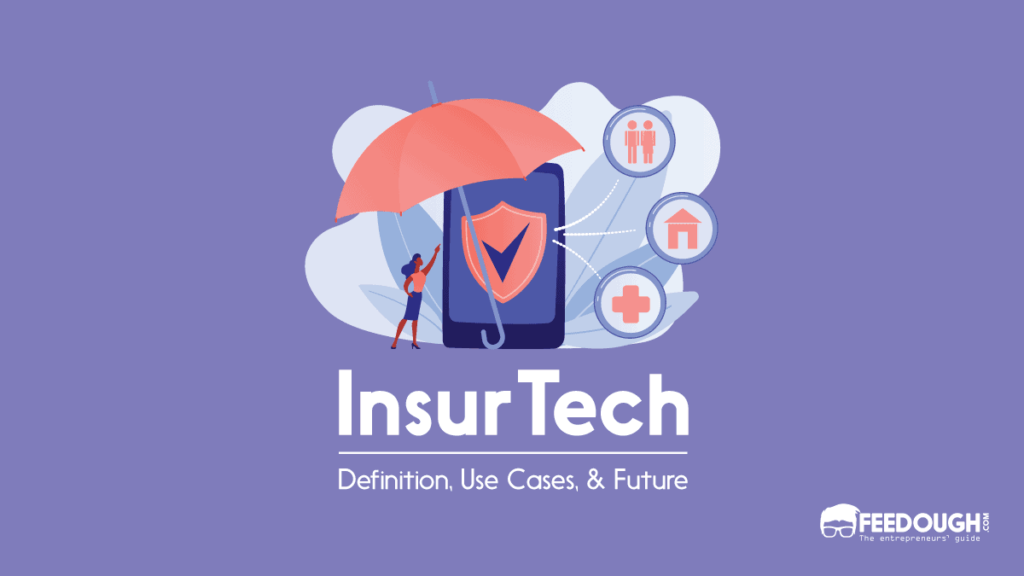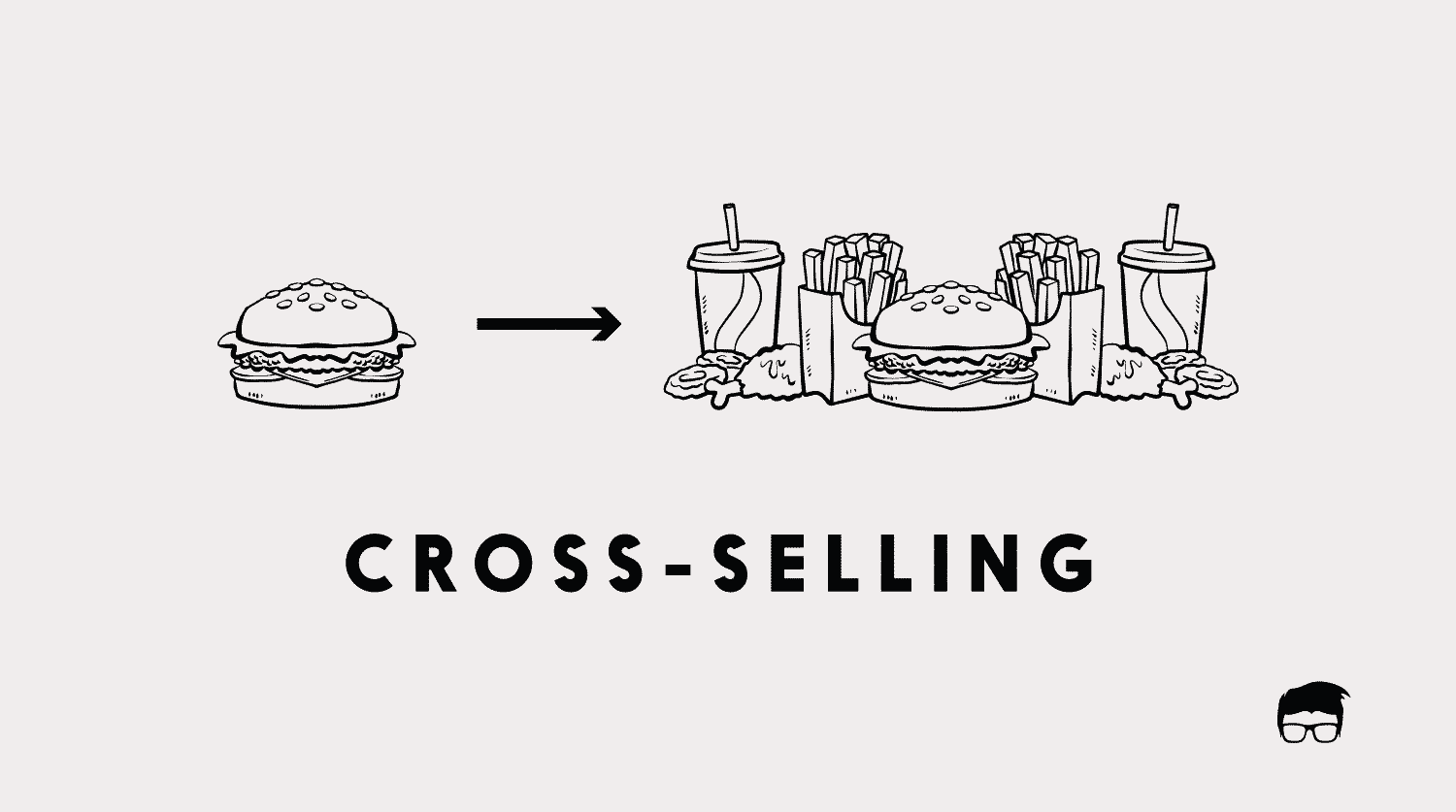Insurance has traditionally been an industry built on trust. And it’s this very element that makes insurance such a complex product to sell. The right customer segment needs to be identified, a suitable plan needs to be pitched to that customer segment, and finally, the customer needs to trust the insurance company enough to buy a plan from them.
All of these steps are painstakingly slow, with customers asking questions along the way. This means that the traditional insurance sales process can take weeks – or even months – to complete.
Insurtech looked to disrupt this industry by automating many of the manual processes involved in underwriting and claims.
Today, most insurers use insurtech products to automate at least some of the work involved in underwriting and claim processing.
But what is insurtech and how does it work?
Let’s find out.
What Is Insurtech?
Insurance technology or insurtech refers to the use of technology to make the current insurance model more efficient, profitable, and effective.
Insurance companies use insurtech to create and offer new types of insurance products, improve their existing products, reduce costs for customers and the companies, and enhance customer satisfaction through more efficient and effective business models.
A subdivision of fintech, insurtech is a relatively new – but growing – sector of financial services. Companies within the insurtech sector use technology to improve or disrupt the insurance value chain by using data, AI, blockchain, machine learning and other emerging technologies.
The application of insurtech spans across several insurance product categories, including personal lines, commercial lines, reinsurance, and life insurance. Although insurtech has its roots in self-service functionality using mobile apps, it has expanded to cover a wide range of insurance products. Today, it focuses on providing value to businesses and customers in three ways:
- By reducing costs for customers
- By improving customer experience
- By increasing revenue for insurance companies
Insurtech applications can also be used for key operations like underwriting or claim processing. For example, a business may use an insurtech tool for customers to submit a claim. And the insurer uses that data to inform their underwriting decision.
Insurance Industry Challenges
Insurance is a highly regulated industry, and any disruption in the industry creates major headaches for both customers and insurers. The insurtech sector has its fair share of challenges – most of which revolve around compliance with regulations. Here are some examples:
- Data Collection, Management, and Analysis: Insurtech companies need to invest heavily in data collection, management, and analysis. This is especially true for risk assessment and pricing models.
- Data Regulation: Marketing teams need to access customer data to build their models. However, customer’s data privacy laws restrict how much of this data can be used.
- Data Usage: The insurance industry is heavily data-driven. However, using this data for product innovation, upselling, cross-selling, and other key business operations is time and human resource extensive.
- Product Development: To develop a new insurance product, insurance companies need to understand the customer’s insurance needs and create a solution that satisfies them. However, the insurance industry is extremely complex with thousands of moving parts, making it difficult for marketers to quickly turn ideas into tangible products.
- Regulation: Insurers need to work within a set of guidelines provided by regulators. This includes things like how many competitors a company can have, how much commission can be charged, and more.
- Customer Acquisition Costs: Insurtech companies spend a lot of money acquiring new customers. This is mainly due to the high commission fees that insurance providers charge for new customer acquisitions.
- Relationship Management: Insurtech companies have to do a lot of one-to-one relationship building to drive sales. This is especially true for sales reps, who often travel long distances to visit customers.
Insurtech Use Cases
Insurance is an industry that’s seeing lots of disruption. Some of the insurtech use cases include:
- Decentralised Insurance: Decentralised insurance (also known as “distributed ledger technology-based insurance”) uses blockchain and smart contracts to create a trustless environment for insurance companies and their customers. This means there’s no longer a need for a centralised third party to underwrite and process claims. Moreover, blockchain can help reduce fraud, errors and increases transparency in the insurance industry.
- Tokenised Insurance: Tokenised insurance uses a digital token to represent the ownership of a policy or annuity. Customers can use the token to make payments on a policy, receive dividends, or redeem them for a future payment.
- Claims Management: Today, insurance companies use technology to process and pay out claims more quickly and accurately. This improves customer satisfaction and also reduces the cost of claims to the company.
- Product Innovation: Insurtech is enabling insurance companies to create entirely new types of insurance products. Examples include cover for rental properties (landlord insurance policies) and peer-to-peer insurance.
- Data Analytics: Data analytics is the use of statistics and computing to extract information from data sets. This can help insurance companies create personalised policies and rates, among other things.
- Predictive Modelling: Predictive modelling is the use of statistical analysis to create models that can predict the likelihood of something happening. This helps insurance companies set appropriate premiums and improve customer retention.
- Claims Analytics: Claims analytics helps insurers identify fraudulent claims in order to reduce payouts and increase the odds of receiving future claims.
- Usage-based Insurance: Usage-based insurance helps customers pay for insurance based on how the vehicle or device is used.
- Claims processing: Technology now help insurers process claims faster and more accurately. They overcome the problems of inconsistency, data format problems, and regulation adherence that takes place with manual claim processing.
- Appeal processing: The ability for policyholders to appeal decisions has become a key feature of many insurance products. Insurtech is improving the appeal process by reducing the number of tiers, making it more straightforward and user-friendly.
- Customer Retention: Customer retention strategies include everything from simplifying the application process to rewarding loyal customers. Insurtech is enabling insurers to improve customer retention through cross-selling and upselling.
- Insurance pricing: Insurers are using insurtech to create personalised rates and prices based on factors like location, age and gender of the customer.
- Underwriting: Underwriting involves determining whether or an applicant meets the criteria of a specific insurance policy. Insurtech can reduce the time it takes to make this decision by analysing data points in real-time.
- Documentation: Documentation includes things like affidavit requirements and the number of documents that must be provided. Insurtech is automating and standardising documentation processes to make them faster and more efficient.
- Fraud detection: Fraud detection helps identify fraudulent activity so it can be stopped before it affects the policyholder or the company. Insurtech improves fraud detection by using machine learning and data analytics to spot patterns and identify potential risks.
- Reinsurance: Reinsurance is when an insurer transfers a portion of their risk to another insurer. The transfer of risk is generally based on a percentage of the insured value. Insurtech enables reinsurance companies to create more tailored products, including caplets, that are less expensive than traditional products.
Insurtech Startups & Companies
Even though a newcomer to the tech industry, insurtech surely has several companies disrupting the industry. Some of them are:
Spot

Spot has disrupted the insurance industry by bringing in a totally new insurance product – Injury Insurance. Unlike any other insurance company, Spot provides coverage for surgery and X-Rays to physical therapy whenever the insuree is injured.
It’s a subscription-based product starting at $25.
Zesty

Zesty uses artificial intelligence, computer vision, and deep learning (200 billion+ data points including aerial imagery, permits, transaction, weather, and sensor data) to assess risk in the property insurance industry. The platform helps several insurance carriers and reinsurers underwrite risks better and provide their customers with a smoother experience while saving costs.
WeFox

WeFox disrupts the insurance industry by providing its customers with all insurance-related services directly on their smartphones. Customers get to access every insurance-related document in one place, update their policies and personal details in real-time and file claims directly on the application.
But the company also makes sure that the personalised feel of insurance products remain, and hence, every customer gets direct consultation by their broker or by the Wefox team.
Ladder

With Ladder, a customer can opt for life insurance in five minutes. The company has streamlined the entire life insurance application in three steps.
Moreover, every aspect of life insurance, like renewal and laddering, is handled via the app, reducing the costs for both the insurer and the insuree.
Future Of Insurtech
Insurance is a multi-billion-dollar industry, yet insurtech has just begin disrupting the industry. It was due to covid pandemic that most insurance transactions started getting online. Today, the fast-changing world of technology is reshaping the insurance sector. New startups are entering the market, disrupting the traditional model and offering innovative solutions.
There are new type of insurance today like injury insurance, new ways to underwrite, claim, and appeal. Even one can now complete the entire insurance process within five minutes with less than five taps – a process that used to take days a few years back.
Insurtech is sure to boom and it will make fintech even more disruptive.
Go On, Tell Us What You Think!
Did we miss something? Come on! Tell us what you think about our article on what is insurtech in the comments section.
A startup consultant, digital marketer, traveller, and philomath. Aashish has worked with over 20 startups and successfully helped them ideate, raise money, and succeed. When not working, he can be found hiking, camping, and stargazing.





![Go-To-Market Strategy [The Ultimate Guide] go-to-market strategy](https://www.feedough.com/wp-content/uploads/2019/10/go-to-market-strategy.webp)



